Cover photo: Emanuele Morelli
We all like new things, of course, ergo we work. Not only to eat well and live in a cool place, but to look and feel good. We buy nice clothes, leather jackets, a decent pair of jeans, and once in a while, a fancy suit.
However, it can be an addiction, going from store to store, from website to website, or even street markets, buying anything for a bargain price, wearing it only once, and then sinking it into the oblivion of a closet.
After a long while, during a closet cleanout, the single-use garment is simply thrown away since it was cheap and you can buy another one. But this shopping addiction (oniomania) is having a devastating impact on the environment and our health.
This is so-called Fast Fashion.
Today’s Focus of Attention is reader-supported. We sometimes include products we think are useful for our readers. If you buy through links on this page, we may earn a small commission.
What is Fast Fashion?
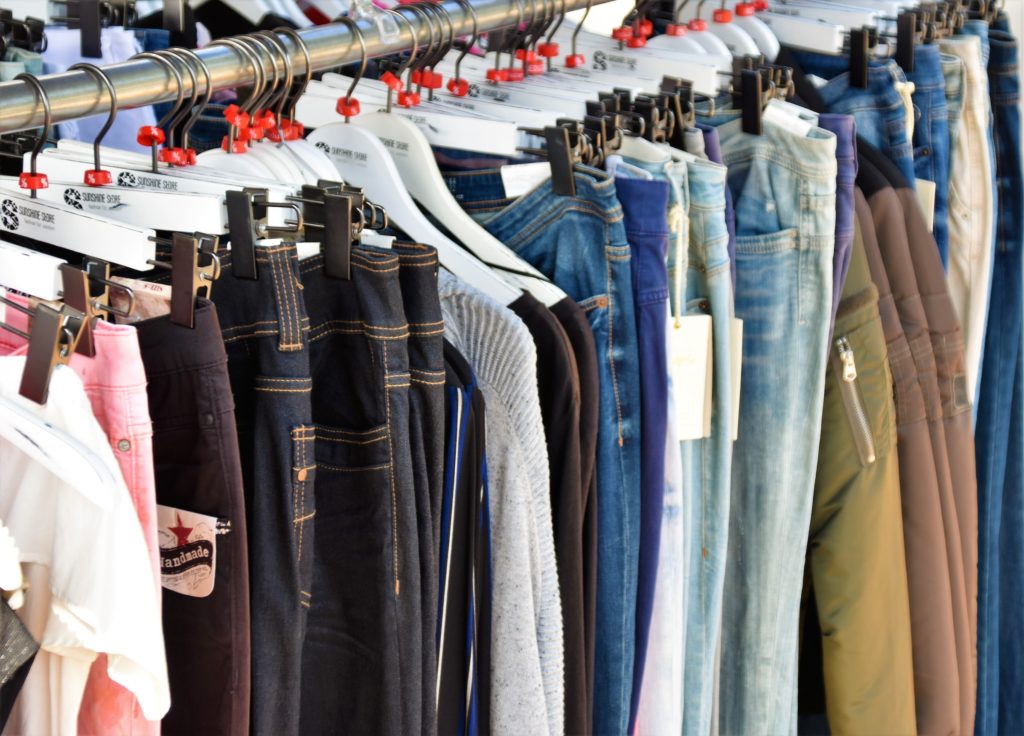
Fast Fashion is a term to describe the quick turnover of fashion trends, the move towards cheap and mass-produced clothing since different lines are constantly released. It has become increasingly popular in recent years, a way of life for millions of people who are willing to spend their money on clothes that they know will not last long.
For emerging economies, it’s a good business because the less time these clothes stay on store shelves, the more money is spent on the local economy. Nevertheless, these low-quality products lack sustainability because they encourage overconsumption and wastefulness.
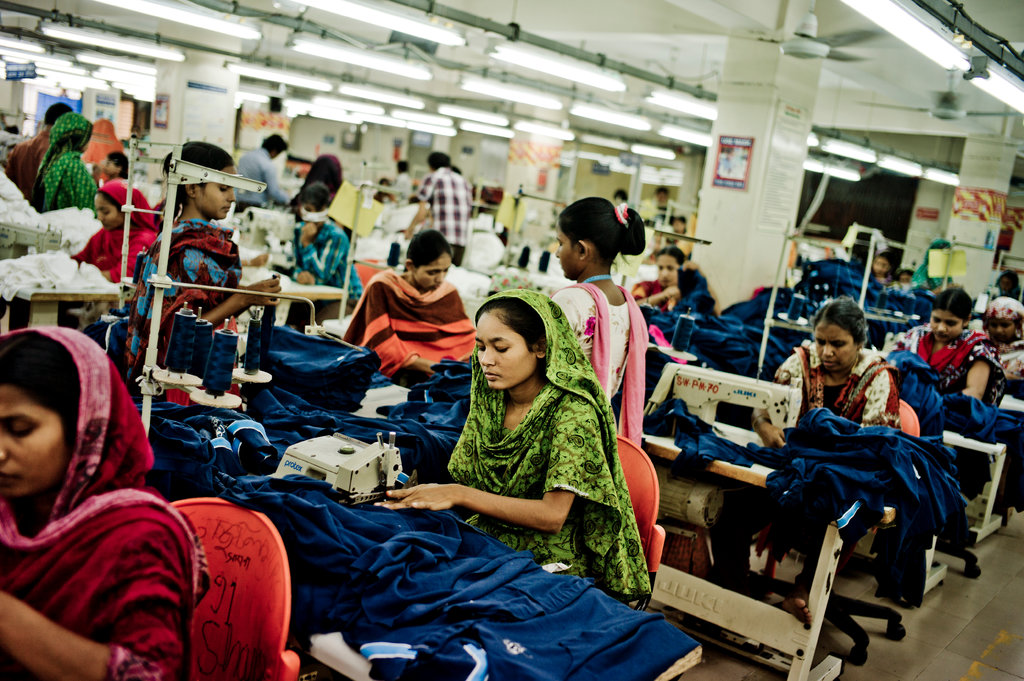
The production of Fast Fashion is incredibly resource intensive, requiring large quantities of water, energy, and chemicals to create the garments. Next to that, the materials used in Fast Fashion are often synthetic and not biodegradable, meaning that they will remain in landfills for hundreds of years.
The cherry on top is that Fast Fashion has been linked to unethical working practices, as many companies outsource their production to countries with lax labour laws, resulting in workers being paid low wages, working in unsafe conditions or even having children in the supply chain – modern slavery, if you will.
All of this seems unlikely to stop soon. The World Bank suggests that international clothing sales could increase by up to 50% by 2030.
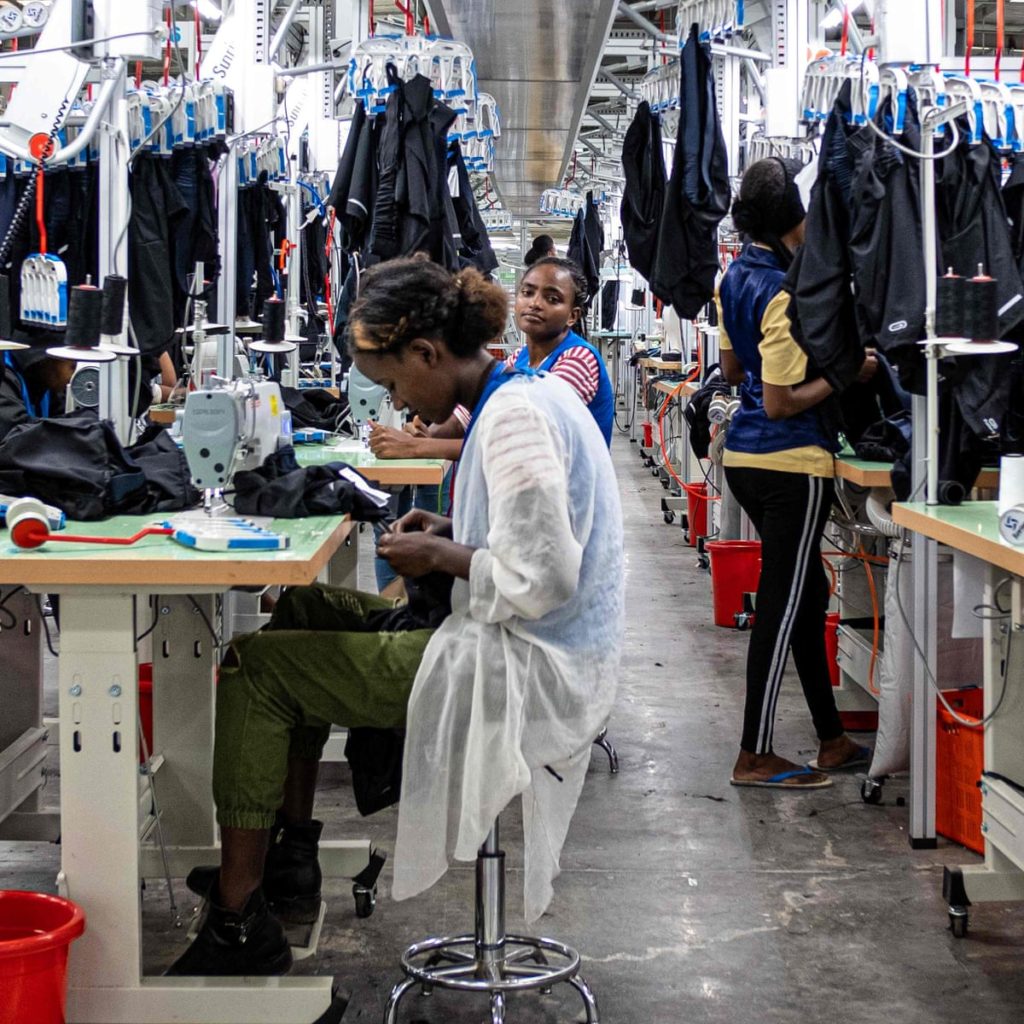
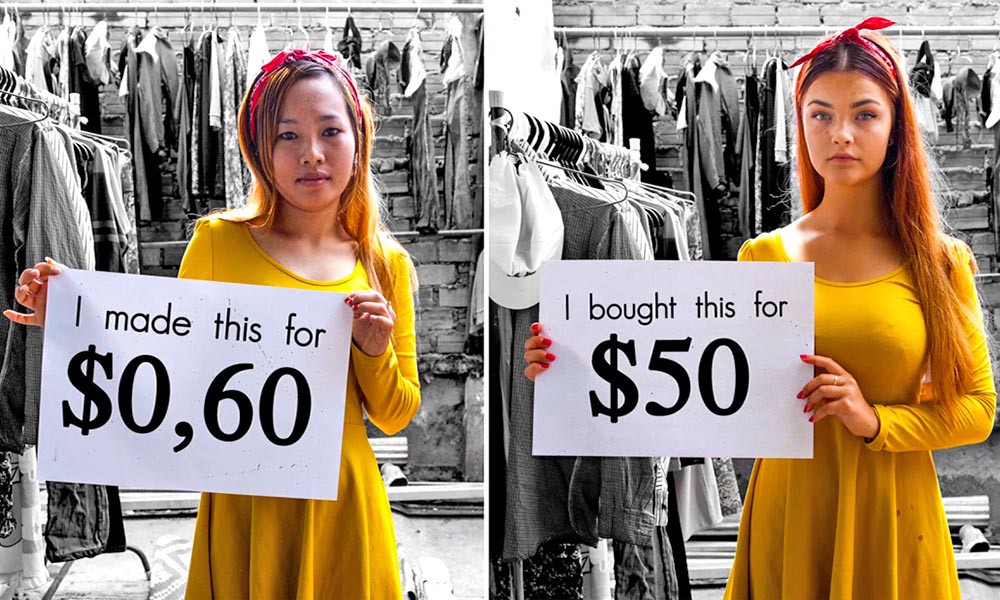
The Effect of Fashion on the Environment
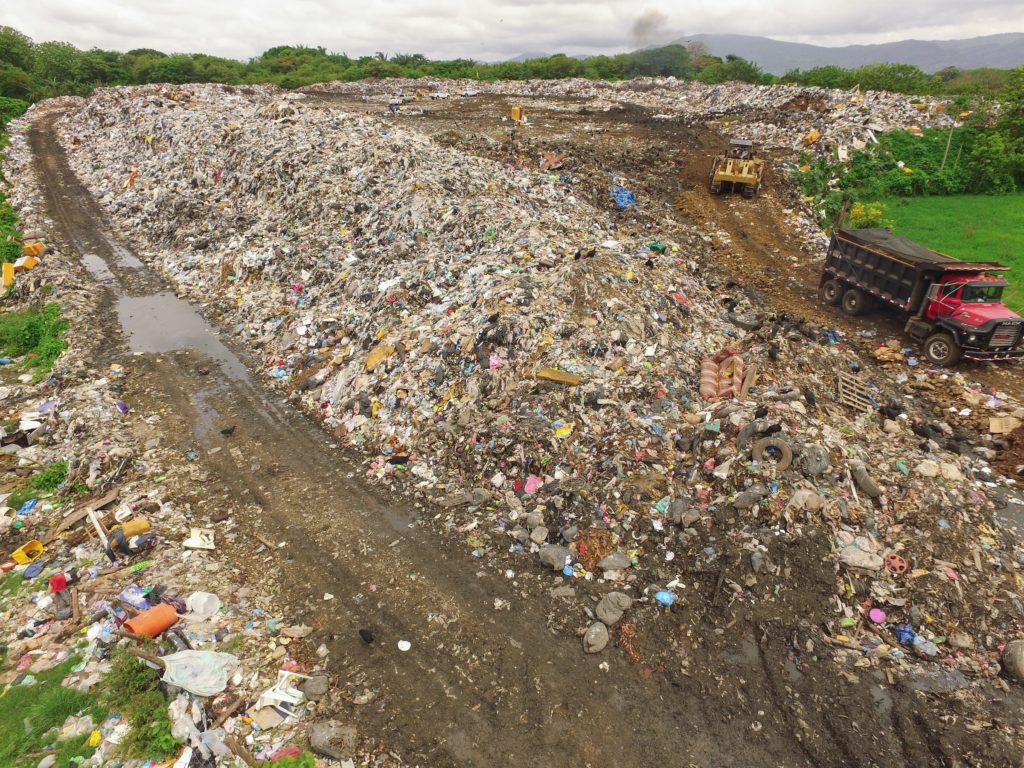
The fashion business is responsible for 10% of global emissions, as stated by the United Nations – more than aviation and shipping combined.
In the fashion industry, the impact comes from the use of raw materials:
| Impact Area | Details |
|---|---|
| Raw Materials: Cotton | Uses about 2.5% of the world’s farmland for manufacturing. |
| Raw Materials: Polyester | Requires about 342 million barrels of oil every year. |
| Production Processes: Chemicals | Dyeing and other processes require 43 million tonnes of chemicals a year, plus fuel for production. |
| Water Usage/Waste | Involves the use and waste of billions of gallons of water. |
Is the fashion industry green? Not at all.
Who buys Fast Fashion the most?

In Europe, the UK tops the chart, with young people between 16 and 24 years old buying more per person than any other country – at least once a week.
Reducing the fashion industry’s carbon footprint is key to limiting global warming.
But the point here is not the companies; they sell because we buy, overflowing our wardrobes with clothes. The important point here is what we can do to reduce our wardrobe’s impact on the planet.
Several firms, like H&M, adidas, and Zara, have launched ‘eco collections’, which, according to them, use organic and recycled materials.
We are not sure if it’s true or not. They may not be as sustainable as they first appear – perhaps it’s corporate greenwashing. But even if it’s true, such collections are not close to solving the problem – overconsumption.
That’s the real problem.
How Should Brands Respond to Concerns Over Environmental Impact?
We all know that brands should be responsible towards the environment, but what are these clothing brands doing? Are they taking any steps?
There are several ways in which fashion companies can reduce their effects on the environment. For instance, they can use recycled materials (for real, not hype), cut down on their packaging and make it not only reusable but biodegradable, and ensure that their products are recyclable.
These brands should collect plastic bottles massively and turn them into polyester yarn or polypropylene fabric. That would be a genuine commitment.
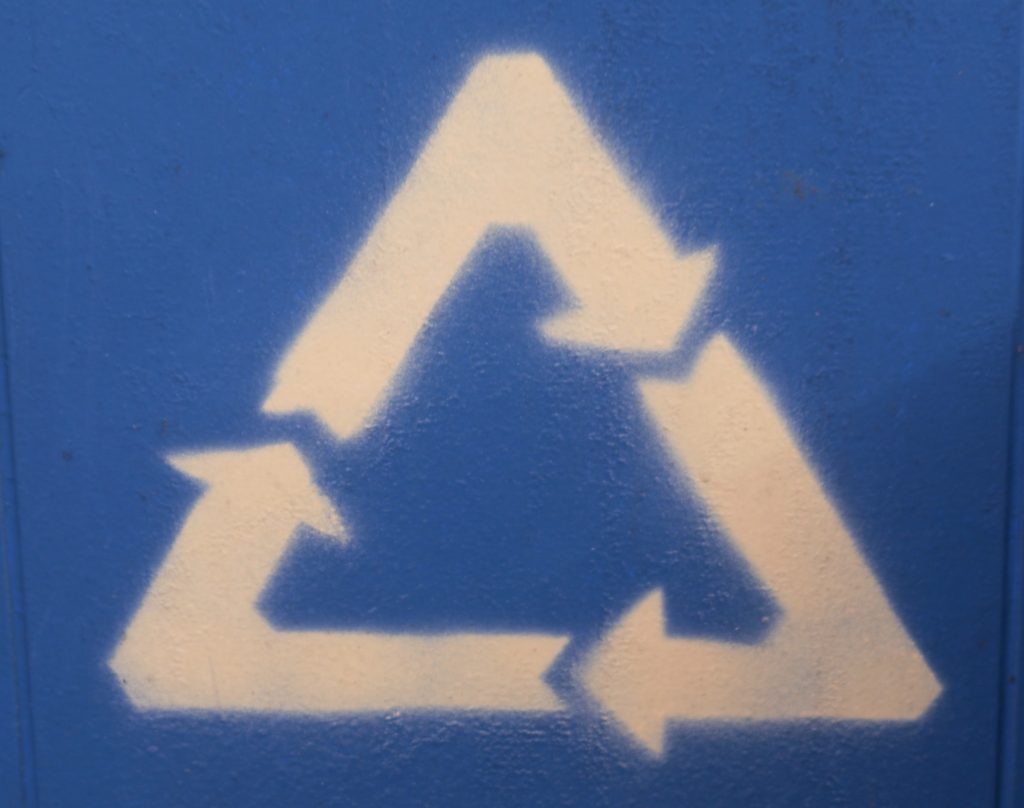
Slow Fashion
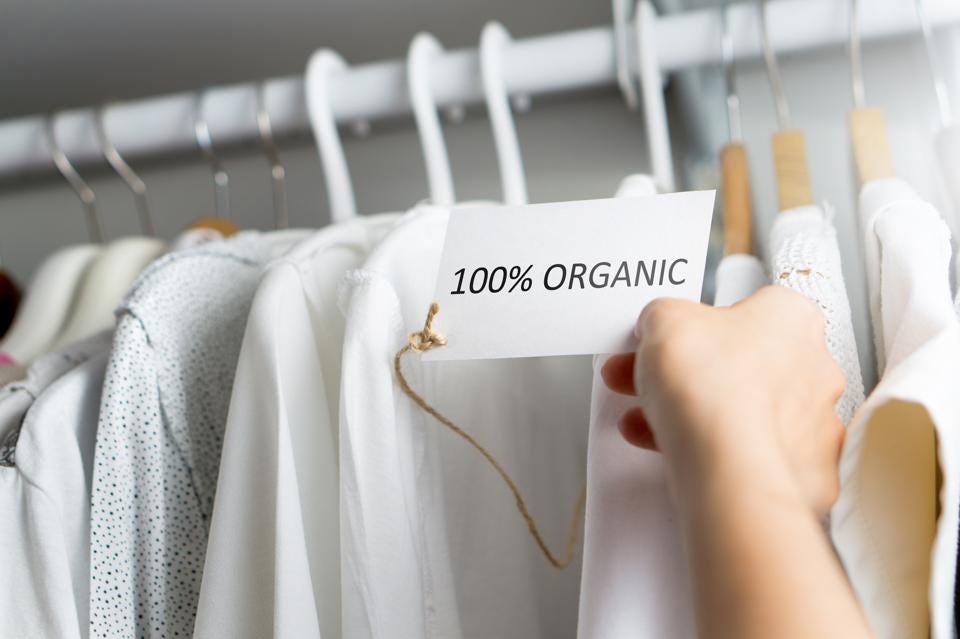
Slow Fashion is an alternative to, as you can imagine, Fast Fashion.
Companies involved in this original sector are emerging, offering fewer new pieces a year, with a lower environmental impact.
But, as always, people don’t want to pay for them. Youngsters refuse to spend £5 extra for sustainable garments. See, the problem is not the companies; it is us.
Why can’t we limit our purchases to eight unique items a year? Just by doing that, we could reduce fashion emissions by 37%.
Of course, this action would have significant financial implications for manufacturers and retailers. We just have to weigh up what is more important: the survival of civilisation, saving ourselves and the planet, or continuing to give billions to a mere handful of people.
Tough decision, innit? Sarcasm.
Companies will do nothing to stop pollution, they want to increase their profits no matter what.
Fast Fashion is attractive. But remember the environmental impact of buying and discarding these items. It is us who must reduce the consumption of things we don’t need. We are depleting the resources, and for what?


